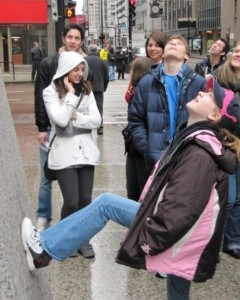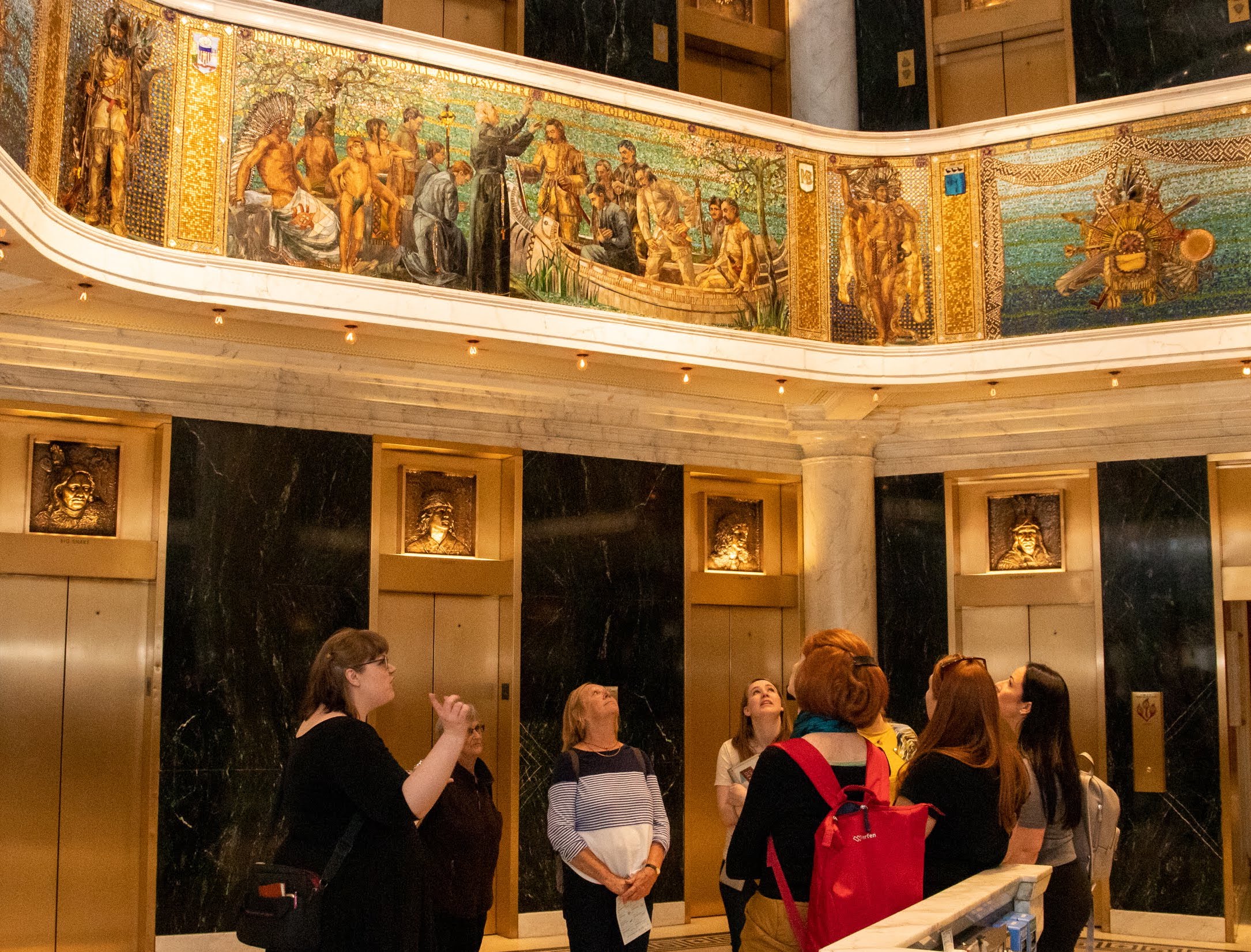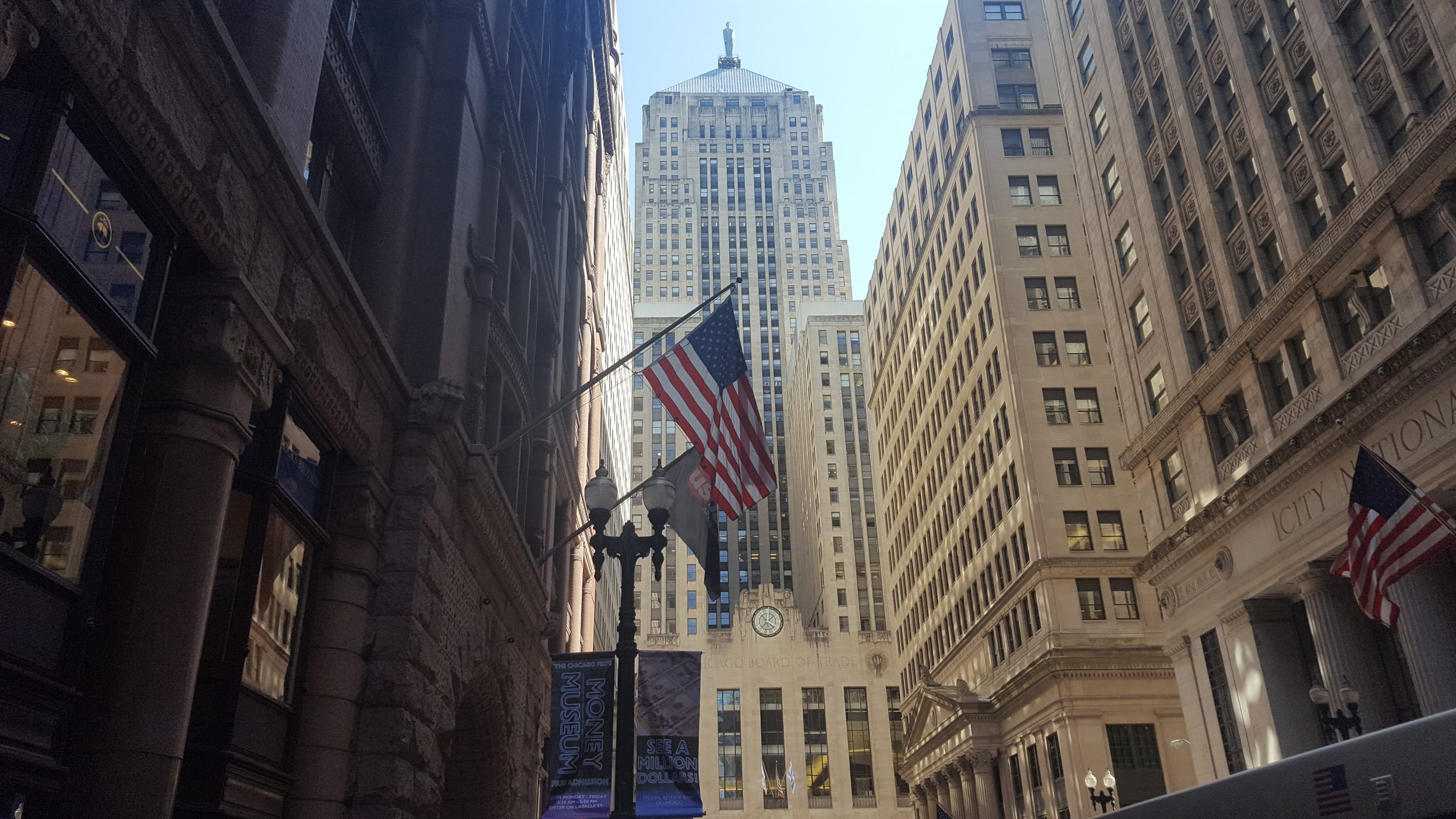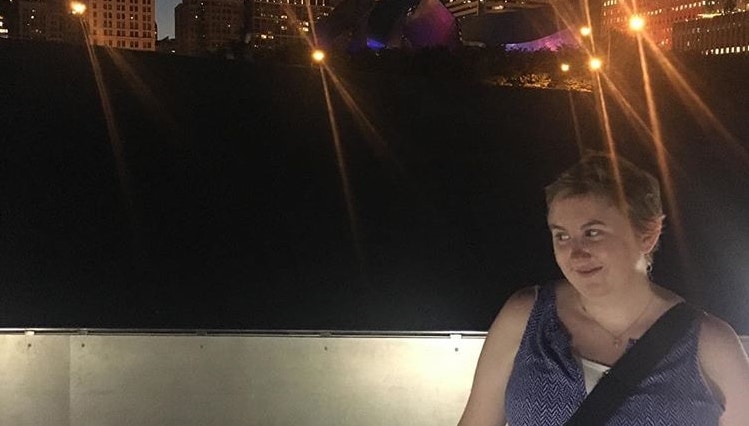As a tour guide with Chicago Detours, I very often find myself leading field trips in Chicago that focus on the city’s history, architecture, and culture. Most of my professional life, in fact, is working as an educator of some sort. I also teach courses about cinema, the mass media, and pop culture at Harold Washington College.
That being said, teaching college courses and leading field trips in Chicago can be very different experiences. The two jobs call on many of the same skills, but they also represent different educational challenges.
Understanding Age and Aptitude of Students
Figuring out the level of your charges is the most immediate challenges in both teaching and leading field trips in Chicago. As an educator, I always strive to make sure I’m not talking over someone’s head and leaving them mired in confusion. It’s not always an easy process.
When I first started teaching it quickly became apparent that there were large gaps of understanding and comprehension between me and my students. That’s to be expected in a classroom, but it’s always a challenge to figure out where those gaps are.
Sometimes it’s a concept that I’m actively trying to teach that’s hard to comprehend (hello, Modernist architectural history!). More often, the difficulty in comprehension has to do with a student’s background, perspective, age, and experience.
I’m a 29-year-old straight white guy who grew up in the suburbs of Detroit, went to college in Ohio, and got my Master’s degree at the University of Chicago. I’ve learned a lot and experience a fair amount, but I’m aware that there’s a lot of blindspots in my life story. Things which are second nature or common knowledge to me might be completely foreign to a student on a tour or in a classroom, a student with a very different background than mine.
I’ll often start off my tours with students by letting them speak. When students on a field trip introduce themselves, express their interests, or ask me questions, I get a chance to better understand how to frame my presentation. It lets the learners set the pace, rather than the instructor.

Capturing and Holding Students’ Attention
Think back to your feelings and moods when you were in a classroom. I’d guess that you mostly remember boredom and inattention it’s because the lecture format of teaching is just brutally boring for most students. It lacks any sort of interactivity, even the mental work of reading. A lecture imagines the student as a mere receptacle for knowledge that the instructor spews at them. It’s bad, if unavoidable, pedagogy.
So, I endeavor to bring a large dose of student interaction into my classrooms and field trips in Chicago. The easiest way to do this, of course, is as old as Socrates: ask questions. Both on field trips full of grade schoolers and my classrooms, where students’ ages range from seventeen to the seventies, I have found that questions are the best way to get students engaged. It puts the onus on them, without making the stakes too high.
The biggest drawback of this method is that it leads to the loudest or most opinionated students do 90% of the talking. As an educator, I often kick myself for thinking class went great when only 5 students in a room of 30+ answered any of my questions. The same phenomenon will often pop up on tours. It’s great fun to have that one kid who just loves architecture and is on your hip for 90 minutes, but want to make sure the experience is rewarding for all students, not just one.
In all honesty, it’s an issue that I have never found a satisfactory solution to. I don’t like to put people on the spot or make them uncomfortable, but I don’t want them to feel neglected either. It’s a catch-22.
The Rewards of Leading Field Trips in Chicago
 Even with the frustrations, educating people is the most fulfilling work I’ve ever done. Few things in life are more gratifying than seeing the proverbial lightbulb turn on above someone’s head. I’ve been enjoying those rewards for over six years at Harold Washington College. But all that time in a classroom didn’t prepare me for the unique educational qualities of field trips in Chicago.
Even with the frustrations, educating people is the most fulfilling work I’ve ever done. Few things in life are more gratifying than seeing the proverbial lightbulb turn on above someone’s head. I’ve been enjoying those rewards for over six years at Harold Washington College. But all that time in a classroom didn’t prepare me for the unique educational qualities of field trips in Chicago.
I most frequently lead middle school and high school students on our Loop Interior Architecture Walking Tour. Whether they’re coming from Chicago Public Schools, the suburbs, or out of town, they always serve to remind me just how impressive this city and its history are. I’ll see them gape in wonder at the curve of Chase Tower or ask curious questions about the “Chicago Picasso” sculpture.
Moments like those remind me that education is as much about experience as it is information. A youngster might learn more by slapping the monolithic stone columns at Marshall Field’s then she would from 10 minutes of lecturing. It’s learning as an active, tactile experience. Honestly, leading field trips in Chicago often makes me fear that my own classroom lacks those sensory aspects that you can be found on a tour.
We also offer step-on guided tours of architectural and historical highlights, Chicago neighborhoods, or jazz and blues. From a bus, a guided tour allows the classroom to be even more mobile, providing another exciting kind of learning experience.
Doing Your Best as a Tour Guide and Teacher
One of the challenges of being a teacher is that you always feel like you could be doing more for students. I want to make sure that I’m doing my best for people who come to me to gain more knowledge. Leading field trips in Chicago makes me feel like I get a real chance to make an impact.
Our field trips typically last 90 minutes, the perfect duration to keep students attention. That’s one of my class session at the college. What that means is that I have a very tangible, finite amount of time to work with. So I have to get right into guiding the tour, have some fun, and get across as much as I can in the time allotted. It makes for a powerful and condensed lesson, and I hope it feels the same way for the students on our field trip tours!
– Alex Bean, Content Manager and Tour Guide

















